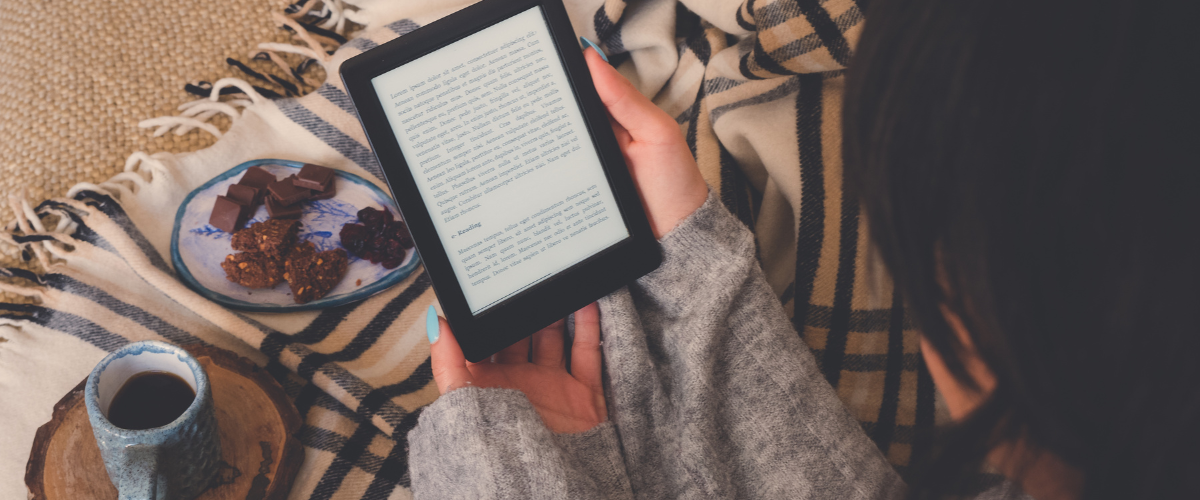“What’s up with these ‘Suspend Holds’?”
That was a question/complaint on many lips in the third week of September, when the popular Libby app changed its “Deliver Later” feature to “Suspend.” The purpose was to improve the library app’s efficiency and shorten user waiting times; but most people dislike sudden change, especially when it involves fixing something they didn’t know was broken.
More details in a moment: but first, a quick primer for anyone who may not have heard of Libby and other “library apps.”
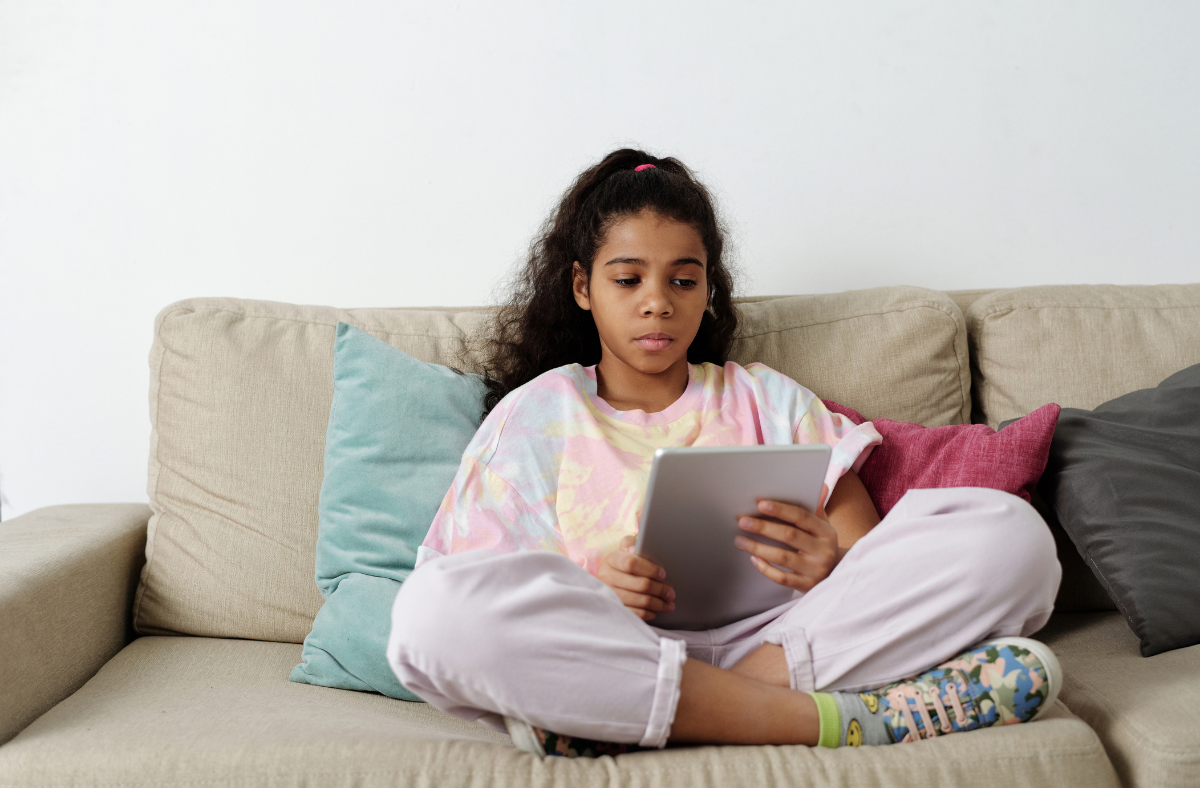
What Exactly Is a Library App?
“Library” is a catchall word in the digital universe, describing everything from the news-and-blogs sections of a website to the app-organizing tool on an iPhone. “Library app,” though, usually means an app that connects the user to one or more traditional libraries, enabling temporary downloads, aka electronic checkouts. It’s a popular means of keeping users supplied with e-books (and e-audiobooks) without overloading file folders or requiring financial investment.
“I’ve been using the Libby app for about three years,” says Amy Barry, BridgingApps’ Digital Marketing Lead. “Typically on weekends, or about once a week. I really appreciate being able to access books for free through my library.”
How It Works
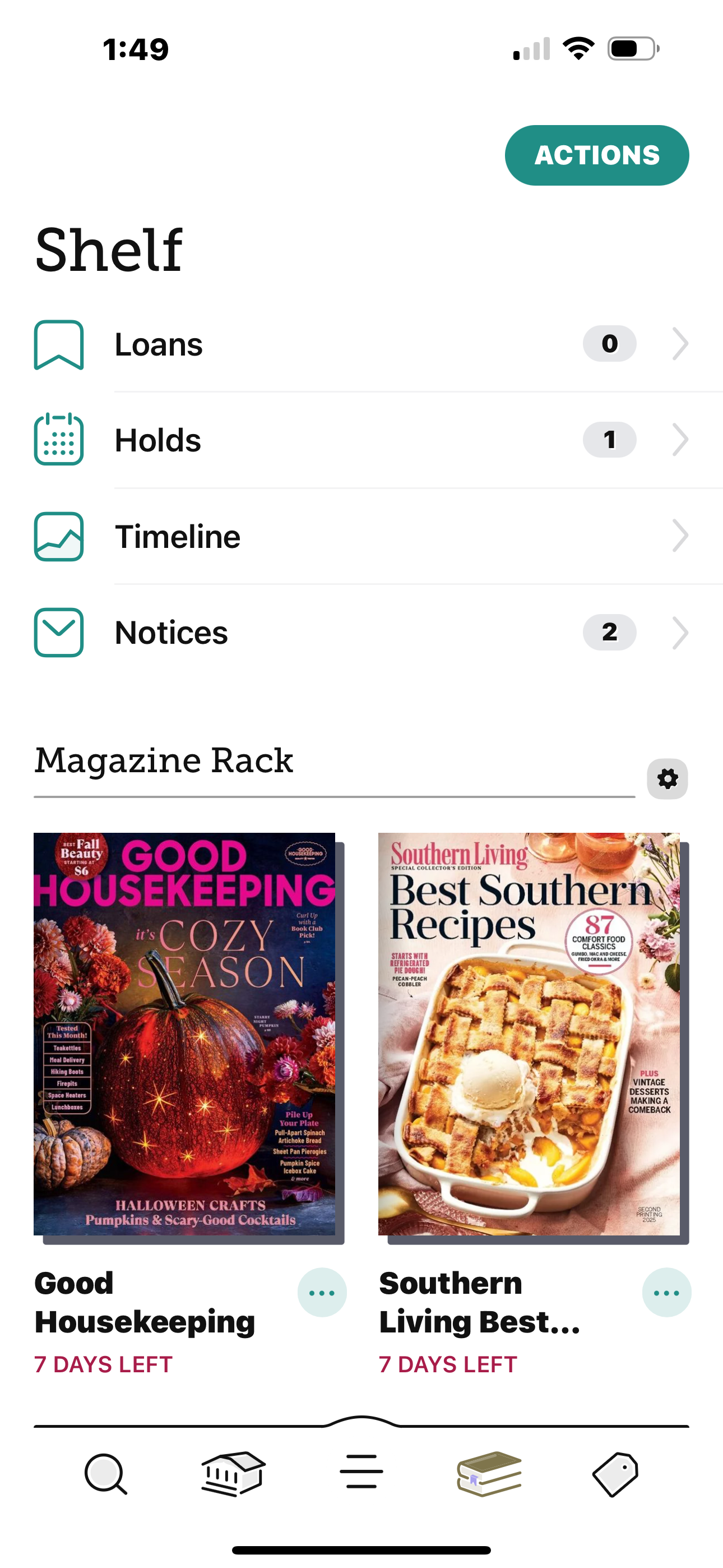
Library e-books may be free, but they aren’t unlimited-access. Under the standard business model, libraries pay publishers for the right to provide a specific number of temporary downloads. The libraries then set limits on how many borrowers at a time can access each title. When the maximum number of borrowers is reached, new requests are filed as “holds,” and additional downloads have to wait until another borrower’s loan expires. (Just as with hard-copy library books.)
Under Libby’s old Deliver Later system, users could request that hold delivery (and the official beginning of the loan period) be delayed for up to 180 days if a book was ready and the borrower wasn’t. Borrowers could “claim” their delayed holds at any time during the requested period; but many forgot about their holds entirely, backing up the waiting line while the holds sat unclaimed.
The new Suspend feature requires borrowers to personally “unsuspend” their hold on a title before they can claim it, although their place in line is “held” for up to a year. When a book becomes available, it goes to the first unsuspended hold in line, regardless of how many suspended holds are in front of that one.
Much initial user annoyance was due to misunderstandings about how one’s place in line is maintained. As Amy Barry puts it, “I was a little confused, but then I saw that the two books I had suspended actually put me at the front of the waitlist instead of the end. I haven’t unsuspended a book yet, so I’m not sure how long that will take, but usually I get books within a day or two when I’m first on the waitlist. For me, this isn’t a problem and I think it’ll help speed up the wait times and cut down on long holds for popular books.”
Libby’s Best Features and Accessibility
Amy also has good things to say about Libby’s other features: “I like the bookshelf where I can see my current loans and holds. I can also tag and organize ‘want to read’ and ‘want to listen’ lists for books I am interested in but not ready to borrow.
“And the Libby app has great accessibility features. You can adjust text size; choose fonts including a dyslexia-friendly option; and choose light, dark, or sepia backgrounds to reduce eyestrain. For audiobooks, you can change playback speed, set a sleep timer, and use bookmarks. The app has a clean, simple interface that helps people with cognitive differences, supports keyboard navigation, and offers helpful support resources. It also works well with screen readers like VoiceOver on iOS and TalkBack on Android; and it supports CarPlay and Android Auto for listening in the car.”
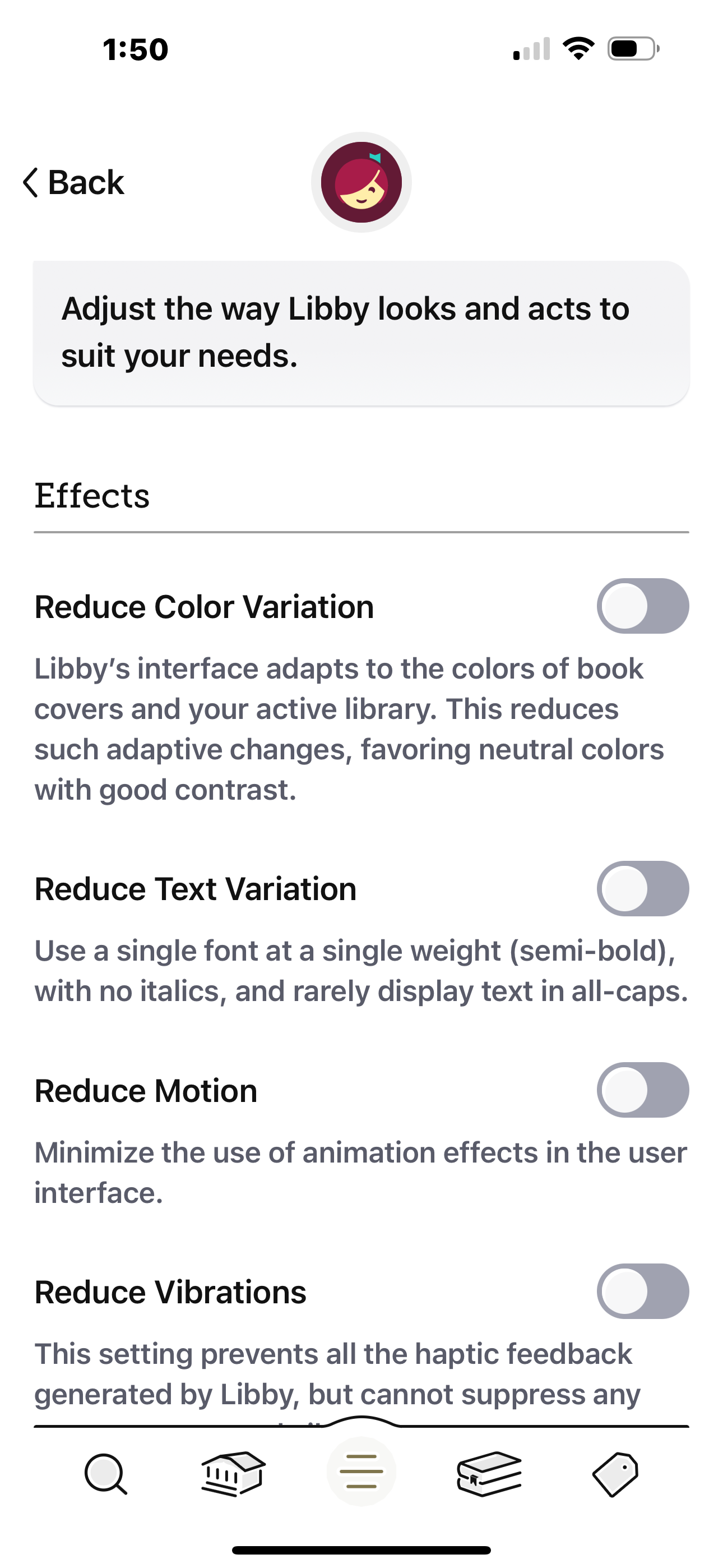
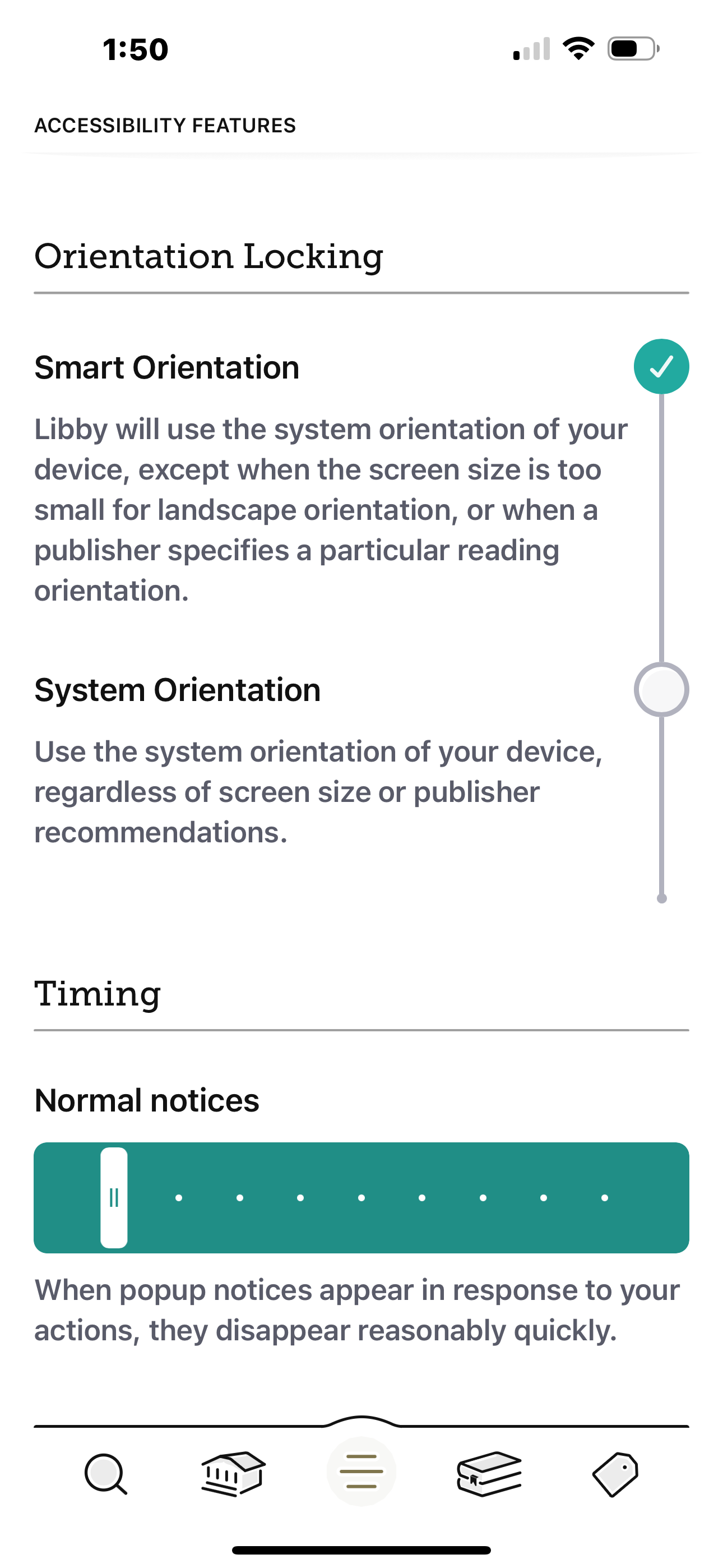
More About Library Apps
While Libby is probably the best-known library app, it’s not the only option. Amy is also fond of Hoopla: “I like it for getting instant access to books, movies, or music—without having to wait on holds. Hoopla is especially great for streaming TV shows or listening to albums. The only downside is the monthly borrowing limit, plus some content does not work as smoothly as Libby on all my devices.”
Other apps of interest:
In addition, many public library systems provide their own apps to registered borrowers. Whatever app(s) you choose, remember to:
- Get familiar with all its features.
- Stay on top of updates (there may be a “news alerts” signup for this purpose).
- Keep your account current.
- Use the app regularly. Read, read, read!

